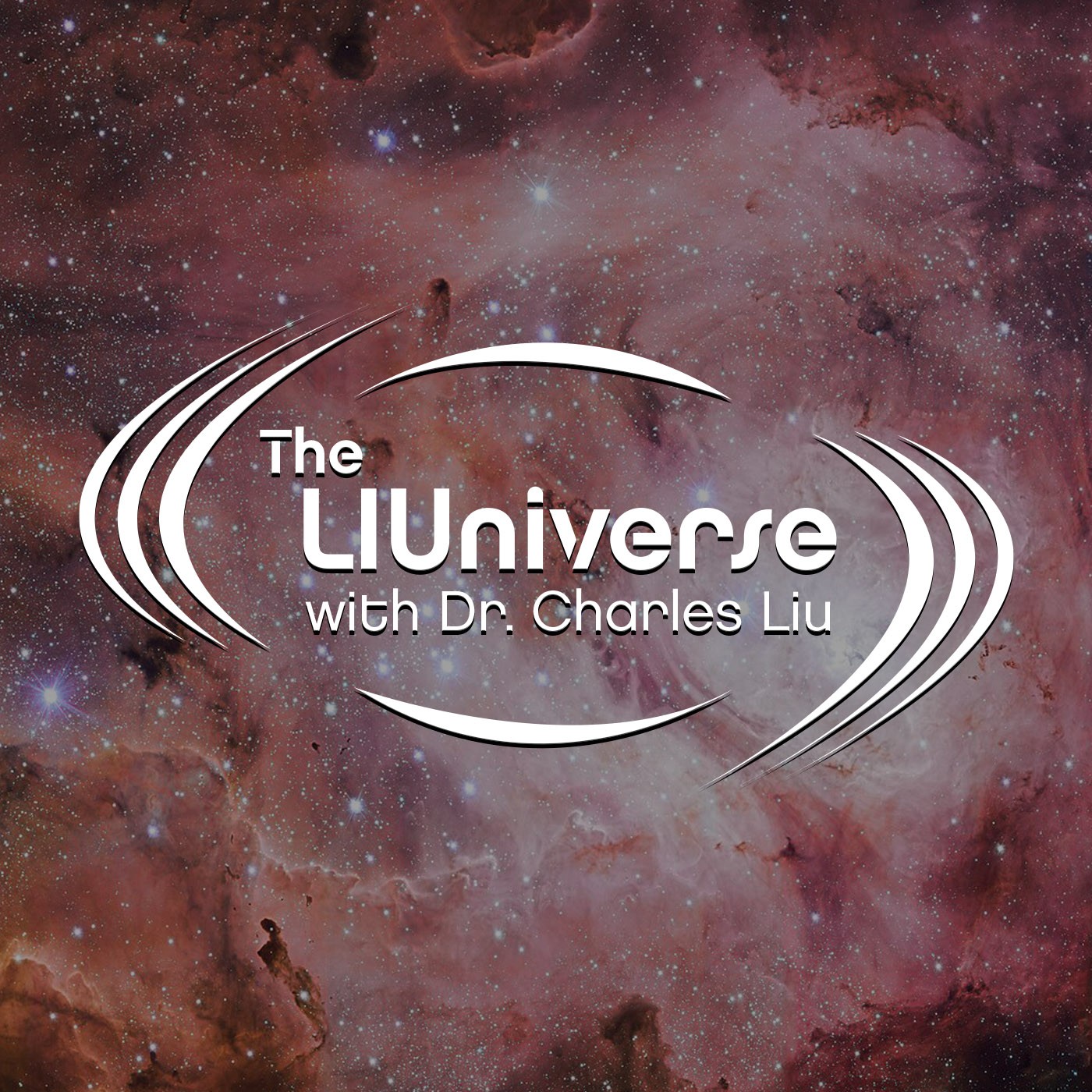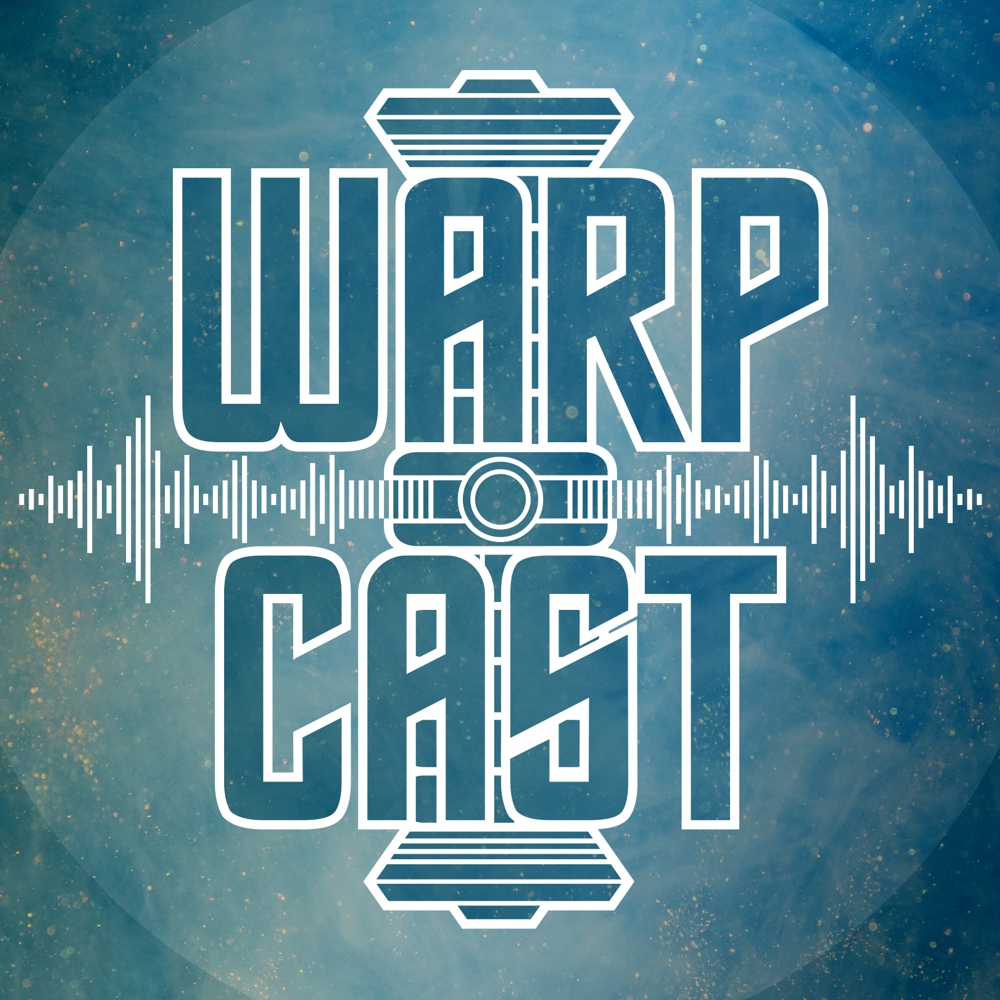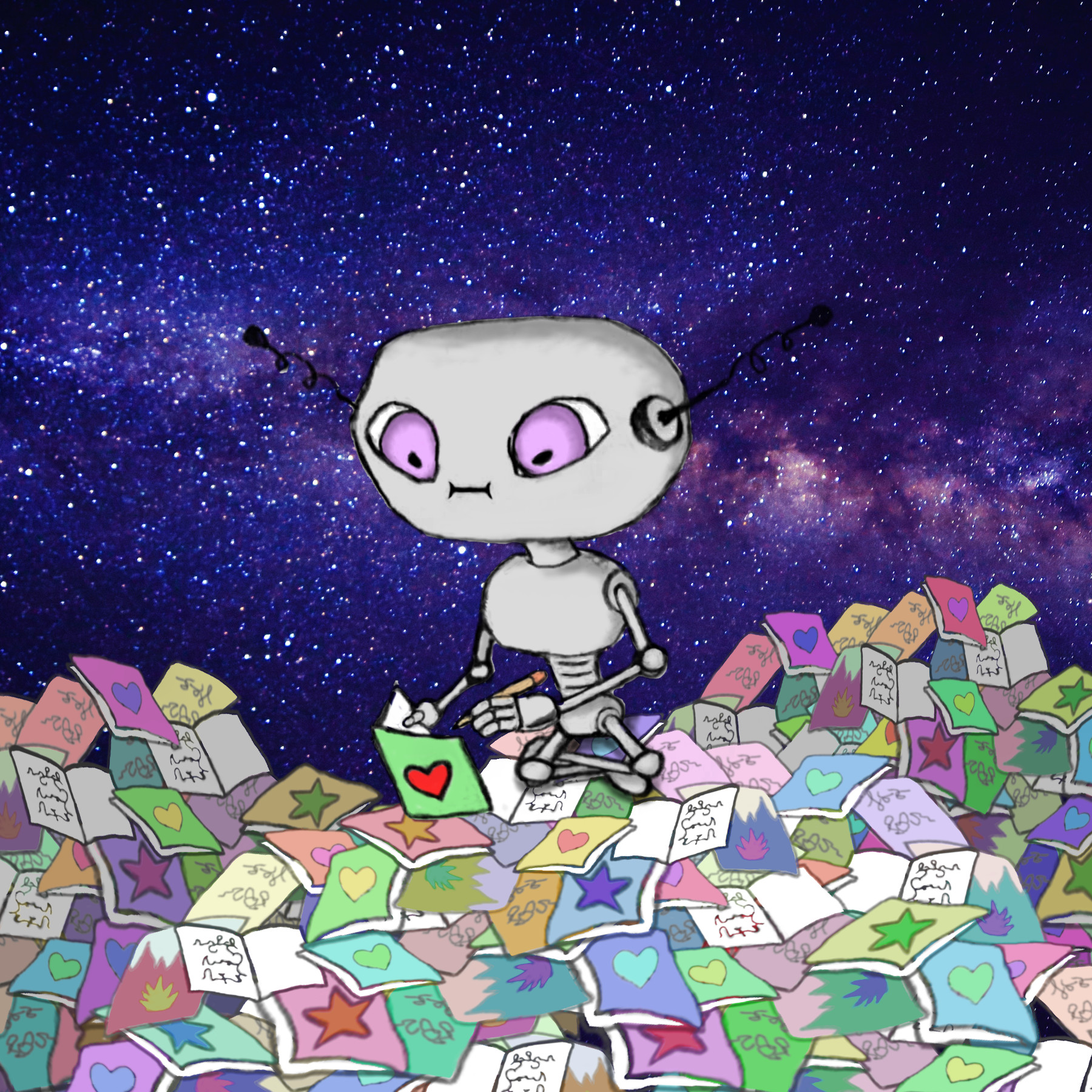 |
The LIUniverse with Dr. Charles LiuAuthor: theliuniverse
A half-hour dose of cosmic conversation with scientists, educators and students about the cosmos, scientific frontiers, scifi, comics, and more. Hosted by Dr. Charles Liu, PhD, an astrophysicist at the American Museum of Natural History. Support us on Patreon. Language: en Genres: Astronomy, Fiction, Science, Science Fiction Contact email: Get it Feed URL: Get it iTunes ID: Get it |
Listen Now...
Venus, Interstellar Visitors, and Auroras with Dr. David Grinspoon
Episode 6
Saturday, 13 December, 2025
Are Coronal Mass Ejections dangerous to life on Earth? When are we finally going to plunge through the sulfuric acid clouds to measure the atmosphere of Venus. And what’s up with 'Oumuamua and 3I/Atlas? To find out, Dr. Charles Liu and co-host Allen Liu welcome astrobiologist Dr. David Grinspoon, aka Dr. FunkySpoon. As always, we start with the day’s joyfully cool cosmic thing: the arrival at Earth of two consecutive Coronal Mass Ejections on Nov. 11, 2025, creating an amazing display of Northern and Sothern Lights. In the US, aurora were seen as far south as Texas and even Central America, and yet Chuck, Alan and David were all frustrated by clouds in their own attempts to see them! Luckily, they’ve each already seen auroras with their own eyes, a viewing event David likens to seeing a total solar eclipse. David discusses how solar flares can impact human technology, but that while solar flares from other stars could be dangerous for life on their planets, at this point in our sun’s lifetime, they are unlikely to wipe out life on Earth. Chuck shares aurora images that were taken by our previous guest, astrophotographer Elliot Severn. For our audience questions this week, we’re answering questions given to Chuck while he was presenting at an event in Erie, PA. The first question Chuck asks David is, “When we have interstellar visitors like 'Oumuamua and 3I/Atlas, [1] why are they moving so fast in our space? They seem to defy gravity [2] How can they know what 3I/atlas is made of but not the density or materials?” David explains why the extreme speed at which they are moving is actually proof that they are interstellar objects and not something else. He also discusses how we use spectroscopy to determine what they’re made of the same way we determine what distant stars and exoplanets are made of. Our next question from Erie, PA is, “Is there a mathematical probability or formula to predict the likelihood of life existing int he universe? In other words, has someone developed a model to predict how many unique things need to happen for life to evolve?” David explains the Drake Equation, a series of questions that help astrobiologists assess the probability of intelligent life in the galaxy. Our last question from Erie is, “If humans find life on a different planet, would we actually understand how to coexist with the information, or will world leaders hide the truth from us?” David points out – as someone who has helped devise astrobiology policy – that the response depends in part on the specifics of the discovery, like how far away that life is. But would the government be able to hide it? David says that the scientists who discover it would be shouting it from the rooftops: “How long would it take to type it and hit send?” And as Chuck points out, the very act of the government trying to censor it would turbocharge the speed at which scientists would get the news out. The real problem, David says, is the potential of each discovery being overhyped by journalists, leading to public burnout. He brings up two examples of overhype: the discovery of possible biosignatures in iron nodules on the Martian rock Cheyava Falls in 2024 by the Perseverance Rover, and the presence of dimethyl sulphide in the atmospheric composition of exoplanet K2-18 b. Next, we turn to David’s “second favorite planet,” Venus, which he has studied and written about extensively. David shows us the first book he ever wrote, “Venus Revealed” and talks about upcoming missions to Venus: two from the US, DAVINCI and VERITAS; a European Space Agency mission named EnVision; a Venus Orbiter Mission by India’s ISRO, and a private Rocket Lab mission to Venus. David, who is involved with the DAVINCI mission, tells us about the plan to plunge through the sulfuric acid clouds to measure the Venusian atmosphere and surface with modern instruments for the first time. We end with a discussion of the anti-science cycle we’re going through, and David shares why he thinks this moment is so unusual and scary, but also why there is reason for hope. Chuck talks about why scientists take the long perspective, and David reminds us of the huge worldwide support for the exploration of space. If you’d like to know more about David, you can check out his YouTube channel @DrFunkySpoon, or @DrFunkySpoon on Blue Sky and Instagram. We hope you enjoy this episode, and, if you do, please support us on Patreon. Image Credits: Images of aurora over Connecticut. Credit: Elliot Severn Coronal Mass Ejection. Credit: NASA Orbit of ‘Oumuamua. Credit: CC Orbit of 3I ATLAS. Credit: NASA/JPL-Caltech Radar map of Venus made by NASA’s Magellan spacecraft. Credit: NASA/JPL-Caltech/USGS Nodules on Mars rock Cheyava Falls. Credit: NASA James Webb Space Telescope – Atmospheric composition of exoplanet K2-18 b. Credit: NASA, CSA, ESA, J. Olmstead, N. Madhusudhan Venus viewed from orbit. Credit: NASA/JPL-Caltech #LIUniverse #CharlesLiu #AllenLiu #SciencePodcast #AstronomyPodcast #DavidGrinspoon #DrFunkySpoon #Oumuamua #3IAtlas #InterstellarObjects #CoronalMassEjections #aurora #solarflares #DAVINCI #VERITAS #EnVision #antiscience #spaceexploration












